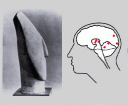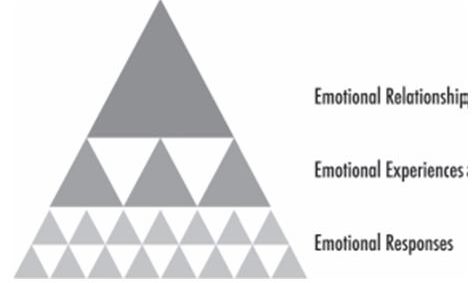Music Made Directly From Your Brainwaves
Wednesday, April 29th, 2009Making things that work the way our brains/minds do is a big part of what cognitive design is all about. Not only do we want products, services, programs and experiences that are brain-compatible we want ones that help us achieve specific emotional and intellectual (or mental) states.
 Here is an example of what I mean. Human Bionics is working with the Department of Homeland Security to develop a music-based program to help first responders combat the stress and anxiety of their job and mentally “stay at the top of their game while working”.
Here is an example of what I mean. Human Bionics is working with the Department of Homeland Security to develop a music-based program to help first responders combat the stress and anxiety of their job and mentally “stay at the top of their game while working”.
The ability of music to stimulate emotions, trigger specific memories and otherwise impact our cognition is an active area of research. What is cool about this application, is that they are making music from the first responder’s own brainwaves and using that to induce calm and lower anxiety.
This so-called brain music, is described in Cerebral Melodies, a science and technology snapshot from Homeland Security.
You can hear a sample here and read an interview they gave to MSNBC here. I am in the process of looking up the patents to see what I can learn about the algorithms they use to translate EEG signals into musical notes and scores that change mental states.









